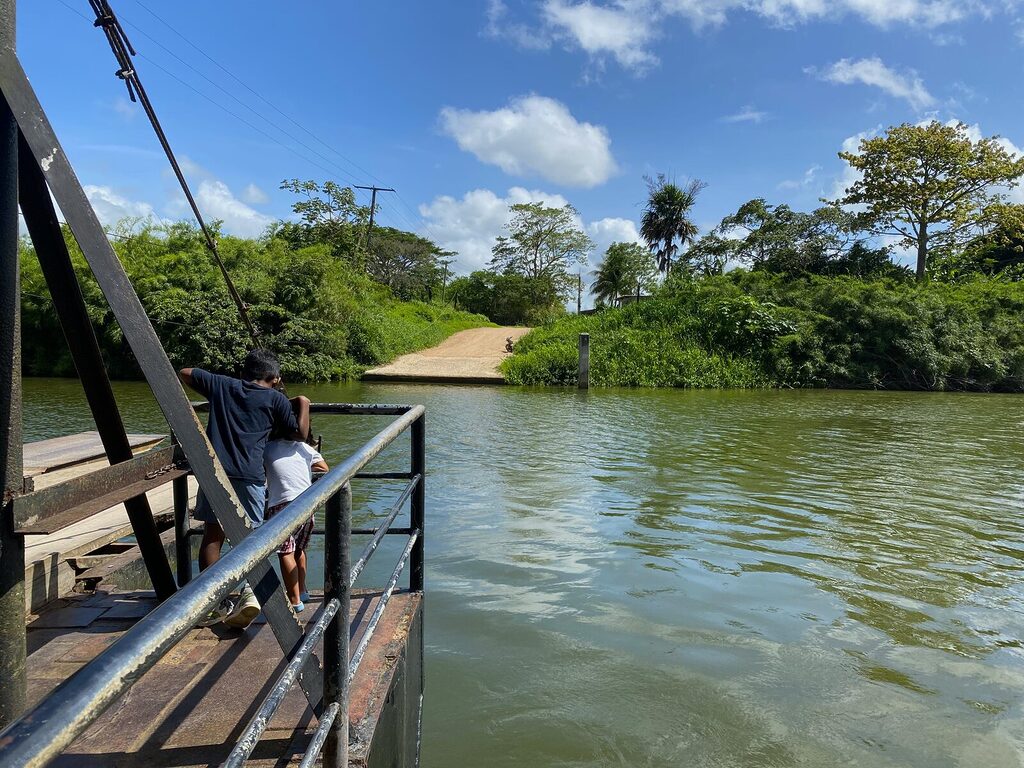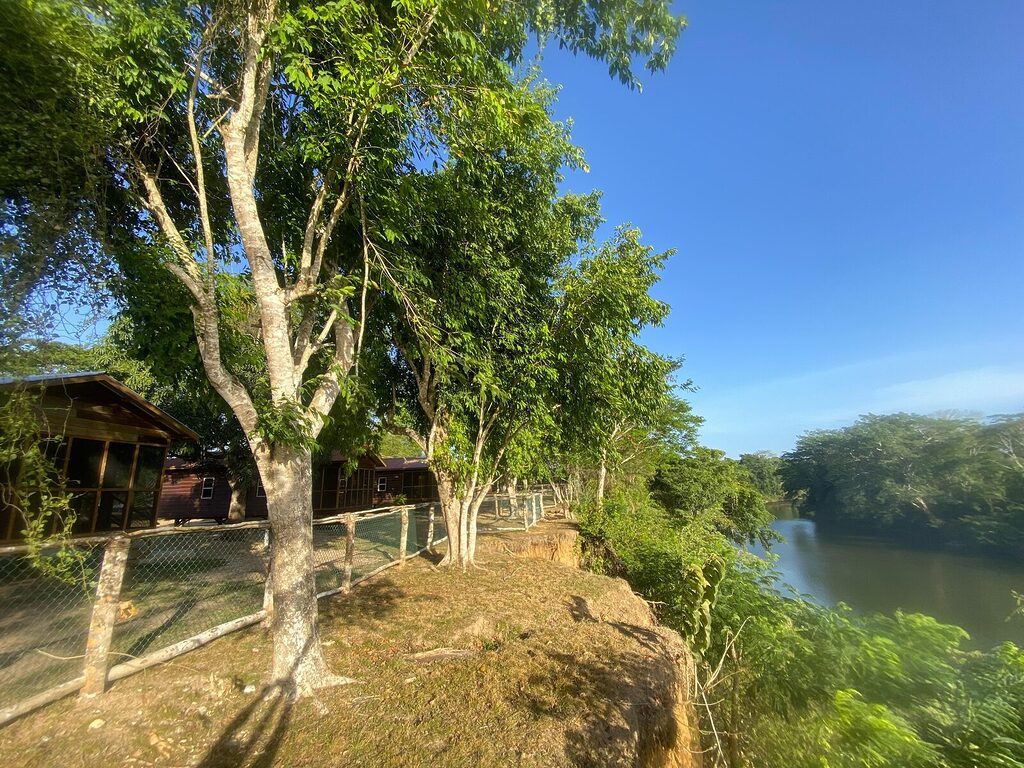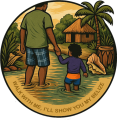The Belize River: Where the Country Got Its Name
Some rivers give life. Some give memory.
The Belize River gave a name to the whole country.
It begins deep in the Maya Mountains, where the Mopan and Macal Rivers meet (branch mouth), and winds more than 180 miles east to the Caribbean Sea. But this isn’t just a waterway — it’s the original backbone of Belize.
Before roads were carved through jungle, before bridges linked towns, and long before any border was drawn, the Belize River was how people moved, traded, settled, and survived.
It’s been paddled by Maya traders. It’s seen jaguars crouched in the shade. It’s carried mahogany logs and wartime rumors.
Some say the name “Belize” comes from the Maya word Belix, meaning “muddy waters.” Others say it came from a Scottish sailor named Peter Wallace, whose name twisted through Creole tongues until it became “Belize.” Whichever version you believe, the river is where the story begins.
I always say: if the Maya Mountains are the heart of Belize, then the Belize River is its spine.
The River That Carried Everything
This river once carried more than fish and sediment.
It carried an economy.
During the mahogany logging era, cut logs were floated downriver from deep inland forests all the way to the coast. Some of those same logs — heavy and waterlogged — still lie at the bottom of the riverbed today, preserved like ghosts of the past.
Men would ride the logs downstream. Some never came back. The current was strong. Life was harder. But the river was always part of it.
And even now, I cross this river almost daily — either as the Mopan River or the Belize River itself — when I drive over the Iguana Creek Bridge or take the hand-cranked ferry from Central Farm to Spanish Lookout. That ferry ride hasn’t changed much in decades. It still feels like stepping back in time.

A River of Biodiversity and Rhythm
You can tell the season by the river’s mood.
In the dry season, the water is low and lazy. You’ll see turtles sunning themselves, herons stalking the banks, and iguanas hanging from branches. The air smells of heat and river stones.
But in the rainy season — especially around August and again in November — the river swells. It moves faster, brown with mountain silt. Farms near the banks flood. Debris passes in the current. The water rises up and reminds us: we are not in charge here.
This river is alive.
Fish like snook and bay snook (called “robalo” in Spanish) come upriver to spawn. Howler monkeys echo in the canopy. Crocodiles slip silently below the surface. You might even see a boa swimming across — I have.
And yet, it’s not just about the wildlife. It’s about the rhythm. The way the people and the land still move to the river’s breath.
Belize’s rivers are migration corridors. See our Belize wildlife migration calendar for when manatees shift lagoons and peak bird movements along the Belize River.
Mennonite Beach: Cooling Down and Coming Together
On hot days, we head to Mennonite Beach — a stretch of calm river outside Spanish Lookout where locals go to swim, picnic, or just cool off. I’ve taken my children there. I’ve sat on the banks while my mom dipped her feet in the water and smiled, remembering old times.
Some of my favorite family photos come from this river. Not posed. Just us — with the water, the trees, and the current moving behind us.
That’s what the Belize River gives: not just history, but moments.
Recreation and River Life Today
The Belize River still supports the people who live along its banks.
- Families fish for tilapia, snook, and freshwater crab.
- Farmers watch its levels to time their planting.
- Churches hold river baptisms, just like in my grandparents’ time.
- Tourists paddle sections of the river, but often don’t realize how much history flows beneath them.
Every March, the La Ruta Maya River Challenge brings paddlers from all over Belize (and beyond) to race this river from San Ignacio to Belize City. It’s four days of pure endurance. I respect those who paddle hard, but for me, the river is not a race. It’s a teacher.

Protecting What’s Left
Like all rivers, the Belize River is under pressure.
- Agricultural runoff can cloud its waters.
- Deforestation and development threaten its banks.
- Heavy rains, made worse by climate change, bring unpredictable flooding.
There’s no single conservation plan that protects the entire river. That’s why we — the locals, travelers, and landowners — have to treat it with care. Every piece of trash thrown aside, every tree cut near the bank, it all comes back downstream.
Final Thoughts: The River That Still Names Us
Even today, the Belize River continues to shape us — physically, culturally, spiritually. It connects people across ethnic lines, from Maya villages in the west to Creole communities near the sea.
It floods. It heals. It carries memory.
The river doesn’t care if you check your email or post a reel. It’s seen generations come and go — and it flows the same.
When you paddle on it — or just pause beside it — you’re not only looking at water.
You’re looking at the lifeline that gave this country its name.

